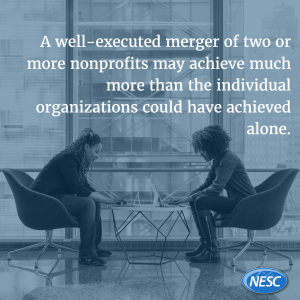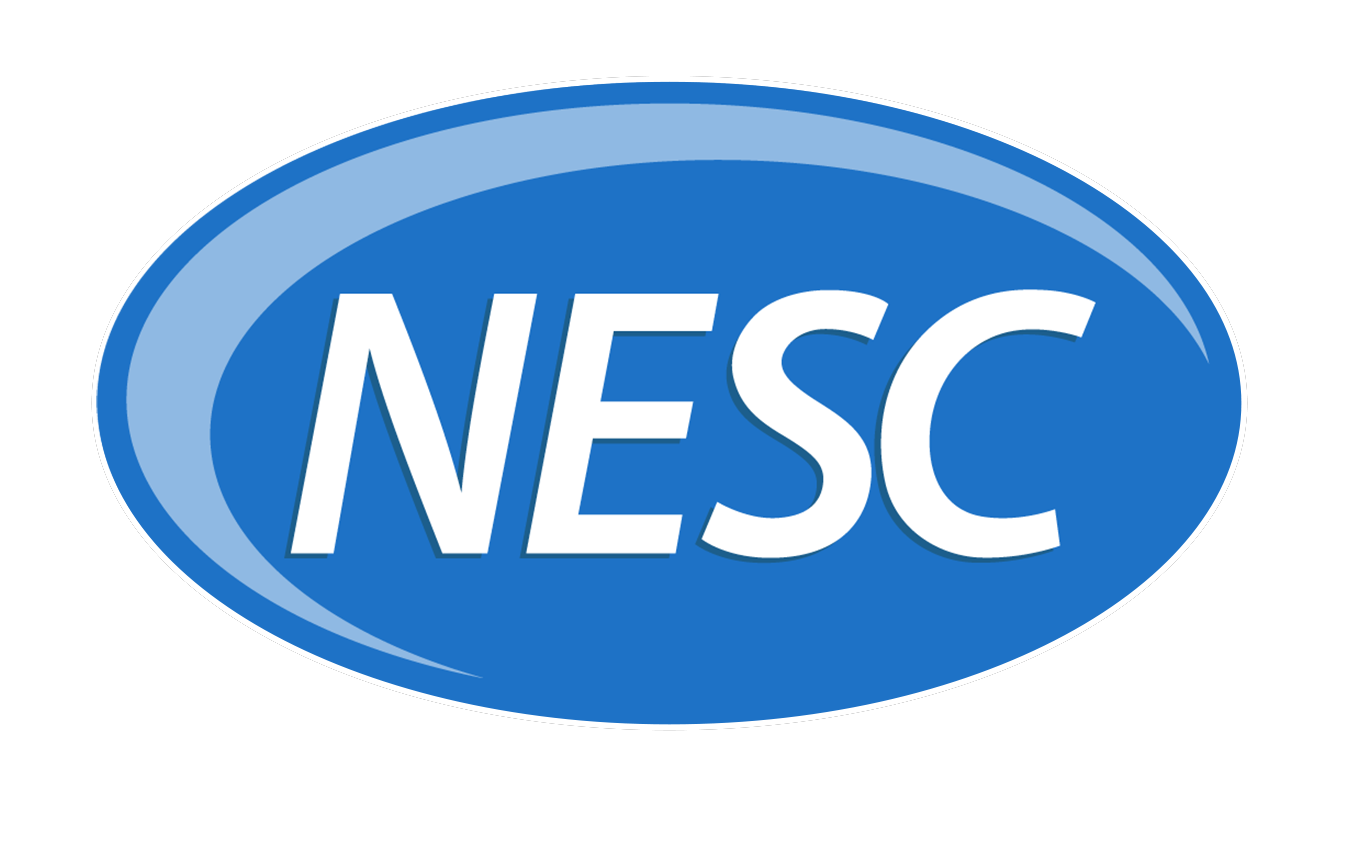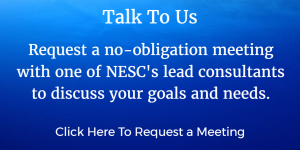Why Collaborate?
True collaboration is a mutually beneficial and well-defined relationship, in which two or more organizations work together to realize shared goals. With 1.4 million charities in the U.S., and growing, there continues to be talk and pressure for collaboration. Why? Here are just a few reasons:
- Duplication of programs
- Competition for scarce resources
- Need for increased scale/ improved efficiency
- Management changes
- Funder encouragement
Effective collaboration promises benefits including less duplication and overlap of services, greater efficiency and effectiveness, and better outcomes. And funders encourage collaboration to increase the impact of their investments.
With many nonprofit leaders approaching retirement, this also can present an opportunity to consider new organizational approaches.
What is Collaboration?
Collaboration can take various forms. NESC has identified the following principal categories, recognizing that there are many variations along the spectrum.
- Cooperation: requires little more than meetings and good faith; examples include informal information-sharing arrangements and client referrals; tends to be tactical
- Alliance: strategic partnership in which organizations formally agree to change administrative or program processes; partners retain individual corporate structures
- Corporate restructure: partnership in which governance and legal corporate structure change; can take many forms including merger, consolidation, asset transfer, etc.
In some cases, but certainly not all, nonprofits begin with cooperation and move along the collaboration spectrum with their partners. Although mergers are often thought of negatively in terms of hostile takeovers and acquisitions, a well-executed merger of two or more nonprofits, with complementary missions and values, may achieve much more than the individual organizations could have achieved separately.
Should Your Organization Collaborate?
Is your nonprofit organization considering pursuing a strategic partner? Execution of a collaboration strategy is a labor- and time-intensive undertaking that requires board engagement, ongoing stakeholder communication, patience and sufficient funding. Before embarking on any type of collaboration, the critical first step is self-assessment:
- What are your strategic objectives?
- Is your organization ready?
- What is your negotiating position?
Once you are ready to collaborate, you can move on to the next stages in the process, including:
- Evaluation: clearly define objectives; identify and assess potential partners; engage in exploratory discussions; prepare Memorandum of Understanding for board approval
- Negotiation: agree on terms; execute due diligence; draft and approve legal agreement
- Implementation: make it happen
Consider Consultant Support
The collaboration process requires analysis, planning, communication, decision making, and ultimately, implementation. The amount of time and effort required increases as the process advances. Consultants like NESC can help:
- Coordinate the process: develop the work plan; prepare meeting agendas; facilitate and summarize meetings
- Gather information: survey, interview key stakeholders, conduct focus groups
- Analyze information to provide objective analysis and assessment, e.g.:
- Strengths of each partner’s programs, leadership, board
- Value of entities to the communities they serve and perceived overlap
- Reputations of each partner, the strength of support by funders and donors, and challenges to the organizations (past and present)
Collaboration must be undertaken with great care and discretion. The organization’s clients, volunteers, staff, management, boards, funders and regulators expect it, and indeed deserve it.
Agree? Disagree? Share your thoughts in the Comments below.

